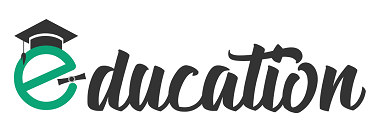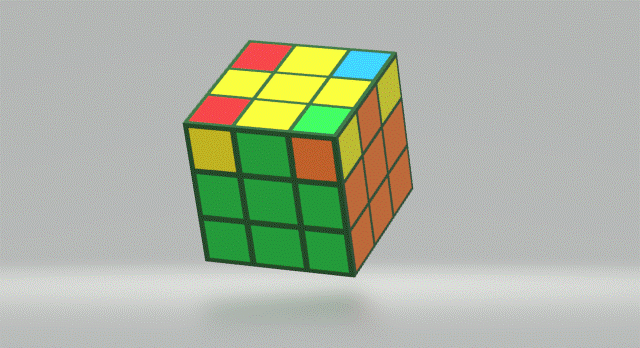A Beginner’s Magic Cube Guide
The Rubik’s Cube has captivated millions of people worldwide since its invention in the 1970s. This iconic puzzle has become a symbol of challenge, problem-solving, and intellectual pursuit. By learning to solve the Rubik’s Cube, you embark on a journey of logic, spatial reasoning, and perseverance. This beginner’s guide will equip you with the essential knowledge and techniques to conquer the puzzle and experience the satisfaction of solving it.
- Understanding the Rubik’s Cube
To begin your Rubik’s Cube journey, it’s important to familiarize yourself with its structure and components. The Rubik’s Cube consists of a 3x3x3 grid, with each face composed of nine smaller squares. The cube has six faces, each representing a different color: white, yellow, blue, green, red, and orange. Understanding the color schemes and face notation is crucial for effectively communicating moves and positions on the cube.
III. Basic Terminology and Notation
As you delve into the world of Rubik’s Cube solving, you’ll encounter various terms and symbols that form the language of cubers. Familiarize yourself with key terminology such as “edge,” “corner,” “algorithm,” and “rotation.” Additionally, understanding cube rotations and moves, denoted by letters like R, L, U, D, F, and B, will be essential for executing specific actions on the cube.
- Step-by-Step Solving Method
- Step 1: how to solve the first layer of Rubik’s cube
The layer-by-layer solving approach is a popular method for solving the Rubik’s Cube. In this method, you start by solving the first layer. This involves strategically placing the four edge pieces to form a cross on the first layer and then completing the four corner pieces.
- Step 2: how to solve the second layer of Rubik’s cube
After successfully solving the first layer, you move on to the second layer. This step focuses on positioning and orienting the four edge pieces of the second layer to align them with their respective colors.
- Step 3: how to solve the final layer of Rubik’s cube
In step 3, you tackle the final layer cross. This involves orienting the four edge pieces of the final layer to form a cross pattern with matching colors.
- Step 4: Solving the Final Layer Corners
With the cross in place, you proceed to position the four corner pieces of the final layer. This step requires careful manipulation of the cube to align the corner pieces with their corresponding colors.
- Step 5: Orienting the Final Layer Edges
In this step, you focus on orienting the four edge pieces of the final layer. By identifying specific edge orientation cases and applying algorithms, you can correctly align the edges and complete the layer.
- Step 6: Permuting the Final Layer Edges
Permuting the final layer edges involves rearranging their positions to achieve the desired configuration. Recognizing different edge permutation cases and applying the appropriate algorithms will allow you to solve this aspect of the puzzle.
- Step 7: Permuting the Final Layer of Corners
The final step in solving the Rubik’s Cube is permuting the corners of the final layer. By identifying corner permutation cases and utilizing suitable algorithms, you can solve the cube completely.
- Tips and Tricks for Solving Efficiently
Improving your finger dexterity and speed is essential for becoming a proficient solver. Practicing finger tricks, which involve using specific hand movements to execute cube rotations efficiently, can significantly enhance your solving speed. Additionally, understanding common problem-solving strategies, such as cross-color inspection and solving in layers, will help you approach the puzzle more effectively.
Using a comfortable cube can also help your learning. For example, GAN Cubes provide smart cubes that can move smoothly. You can gain confidence and master the skills better with them.
- Advanced Solving Techniques
Once you’ve mastered the basic solving method, you can explore advanced techniques to further improve your solving skills. Methods like CFOP (Cross-F2L-OLL-PLL) and Roux offer alternative approaches to solving the Rubik’s Cube, incorporating more advanced algorithms and strategies.
VII. Resources for Further Learning
To continue your Rubik’s Cube journey, various resources are available to support your learning and improvement. Recommended books, online tutorials, and video guides can provide in-depth insights into solving methods and algorithms. Engaging with Rubik’s Cube communities and forums can also connect you with fellow cubers, allowing you to share experiences, seek advice, and participate in solving challenges.
As you progress through the steps of solving the Rubik’s Cube, each successful maneuver brings you closer to completing the puzzle. Celebrate your achievement and acknowledge the skills you’ve developed along the way. Remember, solving the Rubik’s Cube is a journey that requires patience, practice, and perseverance. Embrace the challenge, enjoy the process, and continue to explore new techniques and methods to further enhance your cubing abilities.




